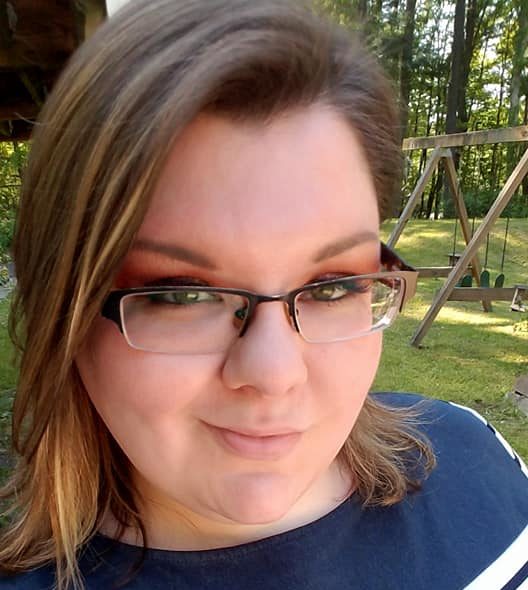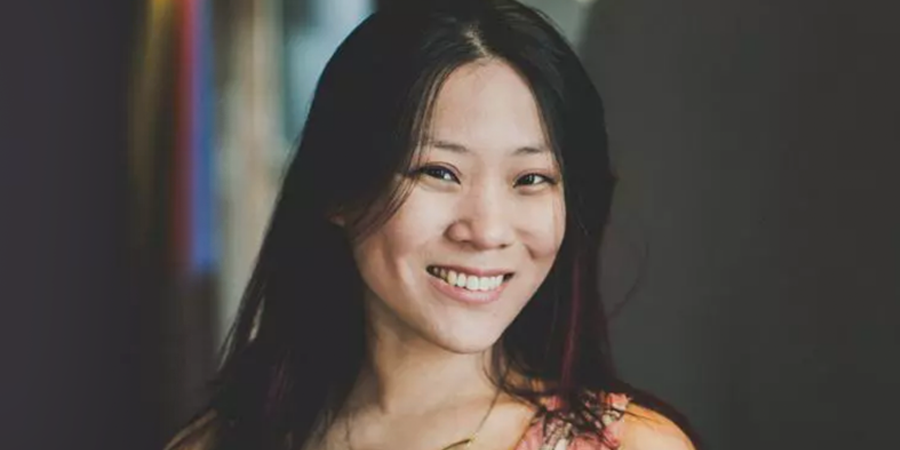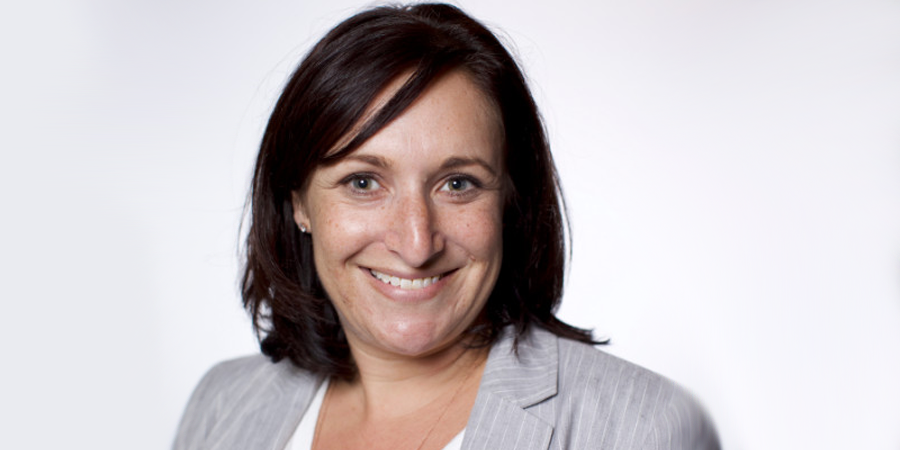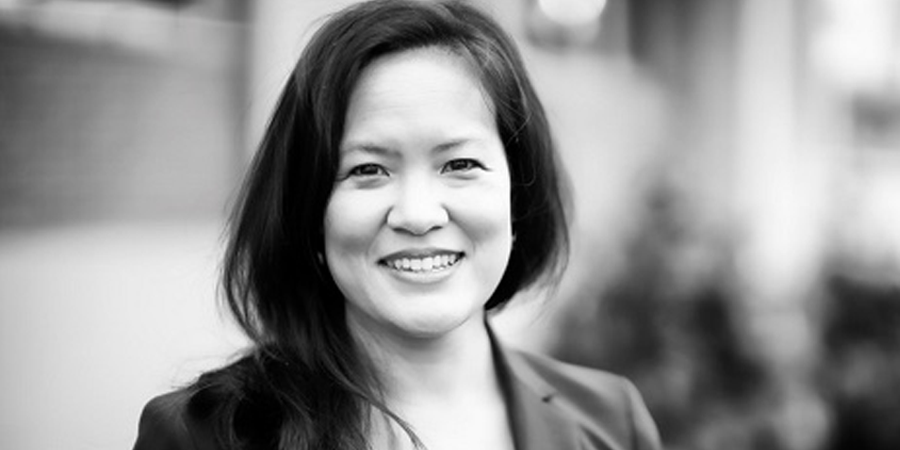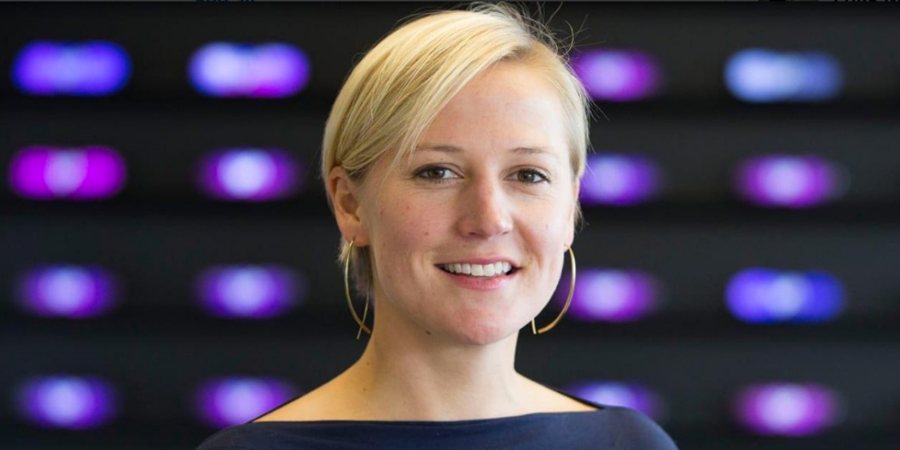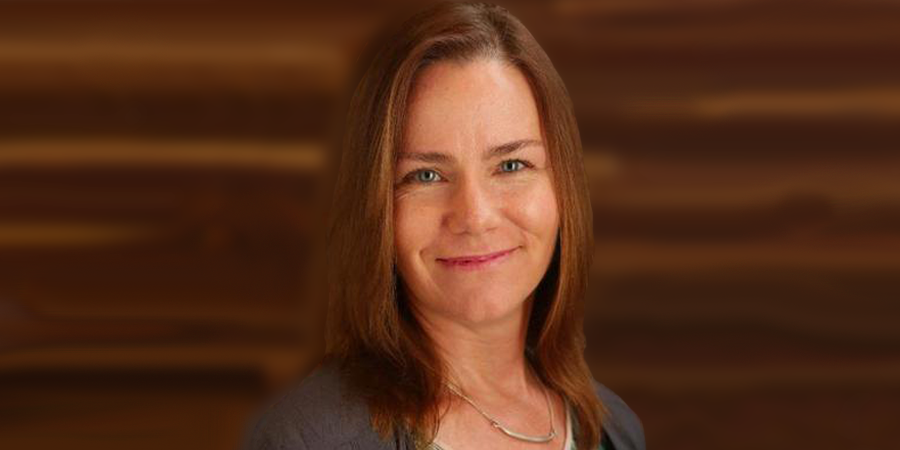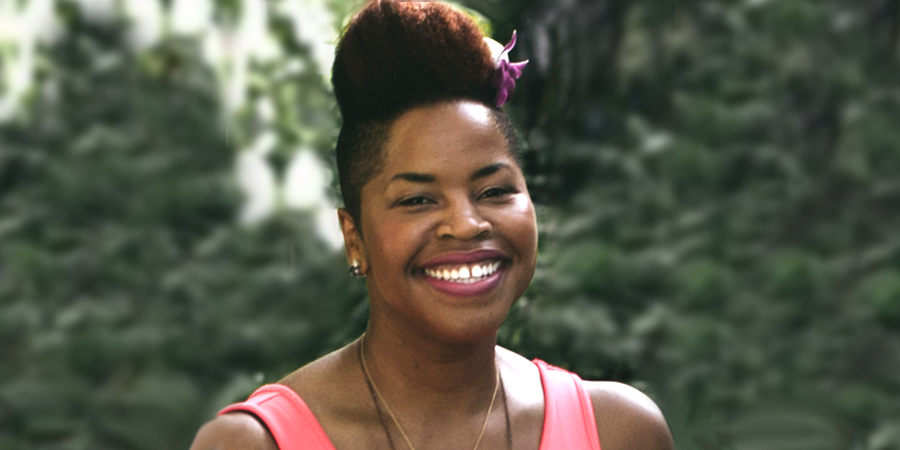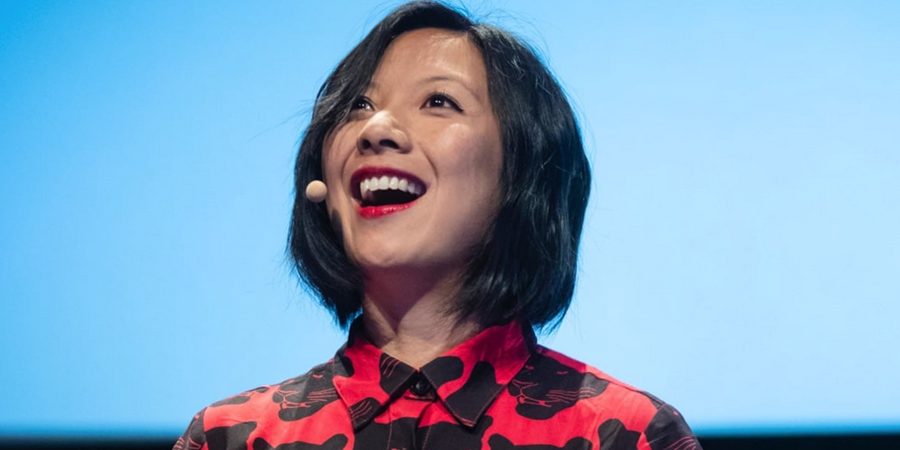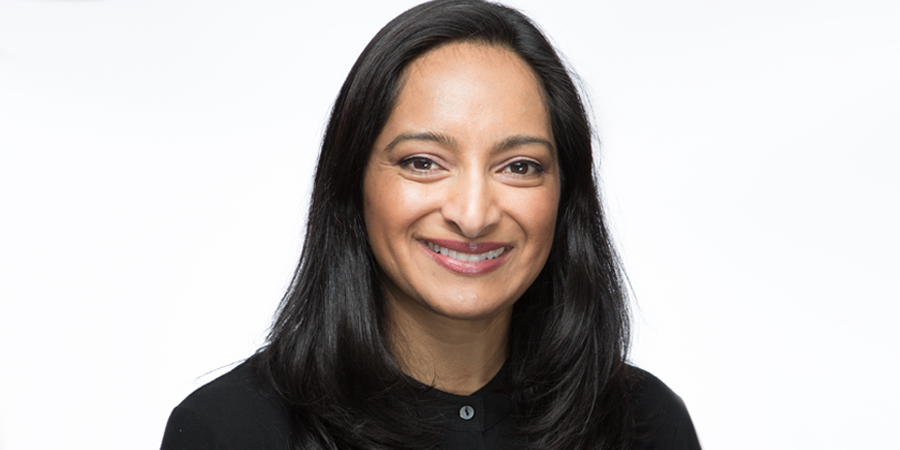Long before she ever started obsessing over product features and worrying about design deadlines, Nupur Srivastava spent her days — and evenings, weekends and holidays — obsessing over her jump shot and running drills in her hometown of Qurain. Her hard work and dedication to the sport took her all the way to the Kuwait National Basketball team, where she played from 1999-2002 and learned the value of teamwork and how fun it is to win!
After earning her Electrical Engineering degree from the University of Michigan, Nupur began her tech career as a Wireless Hardware Design Engineer at Cisco. She then pursued an MBA from Stanford and transitioned into product management, finding her passion in the health tech space. Over the past eight years, she managed teams ranging in size from 5 to as many as 50 people. Driven by her upbringing and desire to help people, she launched Impactreview (acquired by MaterNova), a community for reviews of maternal and child health products for the developing world.
Today, Nupur is the Chief Operating Officer at Included Health in San Francisco, where she leads the company’s product management and design teams. As Nupur explains, “the company is on a mission to raise the standard of healthcare for everyone, everywhere. The team goes above and beyond to connect and guide people to the highest quality healthcare available for themselves and their loved ones. By leveraging the power of data and technology, we create products and services that make it easy for everyone to get the best possible healthcare experience.
When the Girl Geek X team sat down with Nupur during our ELEVATE 2019 virtual event on International Women’s Day, we wanted to pick her brain and hear her biggest mistakes and learnings as a health tech product leader and people manager. She shared some great advice:
1. Hire slow and fire fast.
Nupur confessed that she made a lot of classic hiring mistakes with her first hire. She was at a small startup, strapped for resources (we’ve all been there!), and there was a lot of work to be done. Feeling stressed for help, she hired very quickly without thinking through the long-term impact.
“Basically, I hired the first person who I thought could do the job from a technical standpoint,” she shared, “…but one thing that I didn’t focus on was whether there was strong alignment with the company’s values and where we were growing. Unfortunately, a year later, I had to let this person go because it was a mismatch. I really wish I had spent time understanding upfront whether they were a good fit for what the company needed at the time.”
The classic saying that you need to “hire slowly and fire quickly” rings true here.
2. Ask the right questions.
“A lot comes down to the types of questions you ask in the interview process as well as what you get from the references.” Finding the right fit is less about technical proficiency, and more about who they are as a person, why they have made the decisions they have in the past, and what they are optimizing for in their upcoming role.
You want to ask questions about how they’ve made decisions in their career to date, what drives them, what motivates them. What wakes them up in the morning? When they’re put in a difficult situation, what value system is driving their decision-making?
Nupur stresses that what you’re looking for in a team member will be different for different stages of the company, and for each company’s unique values and mission.
It’s important to tailor your approach to your individual situation, because the perfect hire on paper might actually be a perfect hire for a different environment, but a poor hire once your own values and needs are considered.
3. Hire for impact: seek out people who are hungry, humble and smart.
Many of Nupur’s favorite hiring and interviewing strategies came from a book that CTO Wade Chambers recommended, called Ideal Team Player. “It focuses on this notion of hiring people that are hungry, humble, and smart, and that concept has really resonated with me.”
“We want to raise the standard of care for everyone everywhere, so we need to make sure that people are hungry for that impact,” she explained.
“The humble component is self-explanatory. People that are low ego and prioritize the company above self are great to have on the team. In addition, if you’re hiring someone to work in healthcare, you need to be sure they appreciate that the patients we serve are suffering through things that we may not totally understand. They need humility to empathize with that struggle and build the right products for those patients.”
“And then smart is not actually what you think it may be. It’s not IQ smart, but rather people smart. There’s a base level assumption that you’ll be able to do the job, but it’s incredibly important that you do it in a way that brings people along — that makes you a teammate that people actually want to work for and with.”
One of the things Nupur has been using in her recent interviews is simply asking everyone, “What’s the hardest thing you’ve ever done?” Their response typically gives you a sense of their work ethic and insight into what they consider difficult. Sometimes they’ll even answer with a personal response, and it offers a good window into who the person is, and whether they’re someone you want on your team.
4. Accept that your top performers will always eventually leave.
“As painful as it is, top performers will leave you at some point. With all members of my team, I try to develop trust, care deeply about their career, and truly understand where they want to go long-term. This way, when they eventually decide to pursue another opportunity, I’m not surprised because there’s openness and transparency in the relationships.”
The week before we sat down with Nupur, someone she’d worked with for four years left the company. She was an extremely high performer, and she let Nupur know of her intentions to leave four months in advance because they were actively talking about where she wanted to go and what drives her. The team member had joined a 50-person company. With headcount now over 500, she was ready for something different.
“I think the most important thing is to have that level of trust with your team members, such that you understand what their career goals are and you’re together making the decision about when is the right time for them to leave. If you adopt this approach, you can prepare for their departure in a way that is not disruptive.”
“It can feel like a painful punch in the gut when someone tells you they’re leaving,” she lamented, “but I think the least we can do is just not be surprised by the decision. At some point, maybe for their own career growth or evolution, or other things that they are optimizing for in their lives, you want them to leave. And as long as you are open and honest with each other and there is trust and transparency, it’s not the end of the world.”
Nupur’s general philosophy is one we could all benefit from adopting: “Everyone has different goals in life. The most we can do is be an advocate and great manager for our direct reports when they work for us, and help influence what they do next, so that you and the business are prepared for employee departures.”
5. Create an environment that welcomes diversity of thought and personality types.
“One of my biggest learnings as a leader over the years has been … beyond diversity based on race and gender, there’s tons of diversity in personality types and the way people like to do work.”
The Head of Data Science asked various team members to take a StrengthsFinder questionnaire, then put everyone into groups of people that are alike so they could discuss things they wanted to teach other groups who were different from them.
The entire product team has also used the DiSC assessment to better understand their behavioral differences. “This exercise gives you empathy for how different people want to show up, and how they want to debate ideas.”
“Not everybody is comfortable being presented a problem and immediately jumping in and giving their thoughts. Some people want to think about a problem, spend a day organizing their ideas, and come back with their thoughts prepared.”
“For me,” Nupur admitted, “the first step in improving my communication and collaboration with others is simply awareness. Where do people fall either in the DiSC profile or with StrengthsFinder? What do I need to be aware of as their leader so that I’m creating a comfortable environment for them to speak up?”
“I can remember the first realization I had when I recognized, ‘Oh, everybody doesn’t like coming into a room and talking loudly about their ideas? That’s interesting. I thought everyone was exactly like me!’ and that’s obviously not the case.”
“Using some of these frameworks has been incredibly important because it not only helps you understand others, but it also helps you realize how your type may be showing up for that person and what things you may need to temper, especially as a leader, because you’re setting the tone for the team.”
Nupur has a team member opposite her on the DiSC profile, and she’s started running ideas by him to make sure that he can offer feedback and criticism before she takes it to the team, because as she says, “I’m just hyper-excited and trying to tell everybody everything as soon as the thought occurs.” And that freaks some people out. It is important to understand where others in your team sit in the DiSC profile so that you can personalize your leadership style with them.
6. Let people know where you want to go!
One of the questions we hear asked at Girl Geek X events time and time again is about how to get ahead or move into a management role when you don’t have previous managerial experience.
Nupur’s advice is to make your manager aware that you want to be a manager, and make your goals explicit. “If someone wants to be a manager, you need to make sure that there’s an opportunity and a business need, and an opening in the company for a manager. Have open conversations, and make sure that you have the skills, training, and support of your manager.”
“The biggest thing is raising your hand and making it clear that that’s the path you want to go. Then hopefully if you have a good manager, and you are ready, they’ll make that opportunity for you.”
If you’re having open conversations about your goals regularly — say once per quarter — and you find yourself in a situation where the promotion doesn’t feel like it’s ever going to happen, or you start to feel like you’d be better off somewhere else, you’ll be in a better position to move on gracefully and with a reference you can count on time and time again.
For more hiring and people-management advice from Nupur Srivastava and other Girl Geeks, check out the full video & transcript from her panel on “Building High Performance Teams” at Elevate 2019, and subscribe to the Girl Geek X YouTube channel!
About the Author
